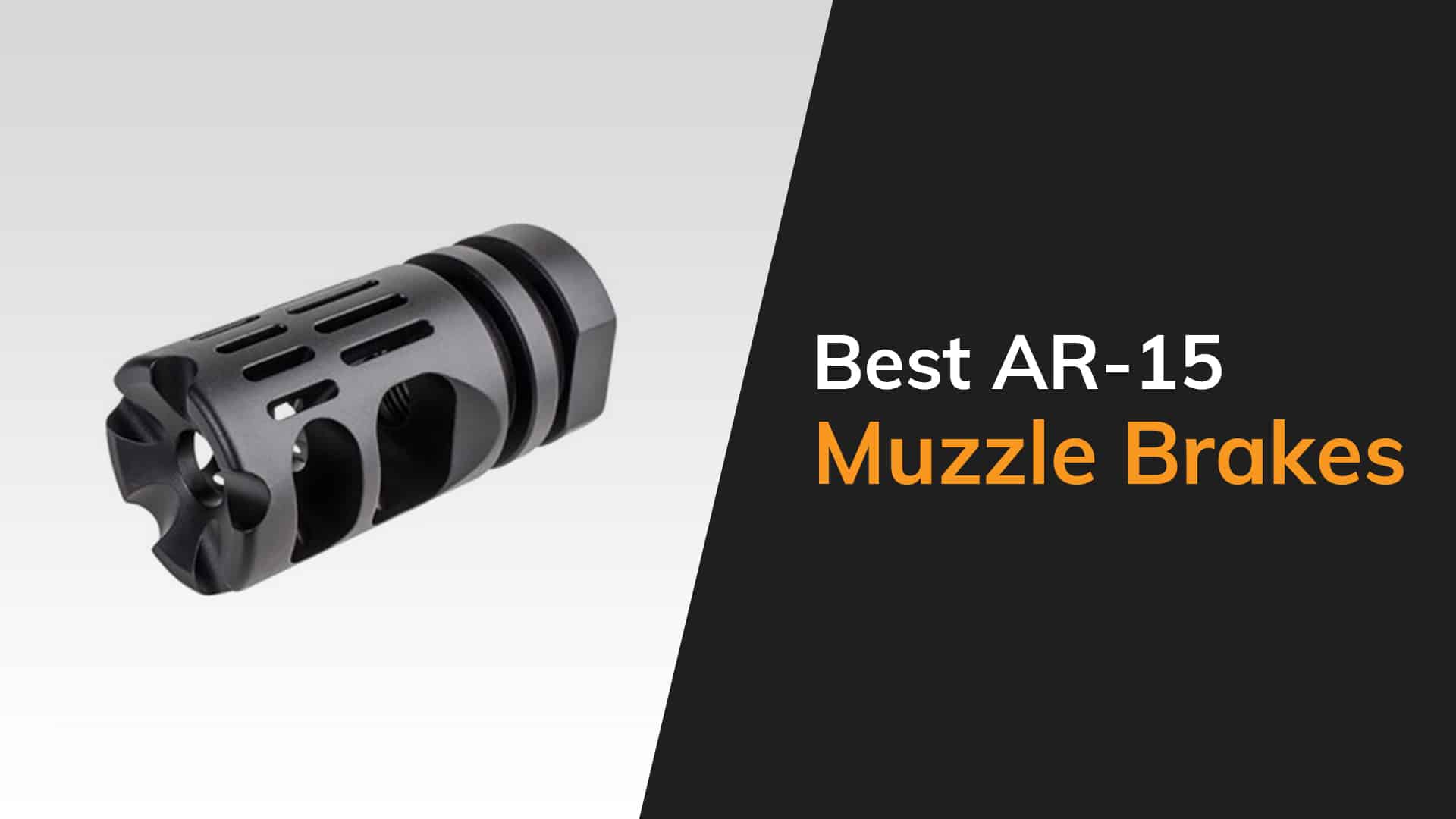
It’s a bit heavier (3.3 oz), but the performance benefits are pretty clear.

The only weird thing was that the movement was towards 9 o’clock instead of 12 or 11.Ī great choice considering the $50 price tag. Reticle Movement: There was more reticle movement than with the M4-72 listed below, but not by much. Probably not the most pleasant rifle to be shooting next to at the range.ĭecibel Readings: This one only clocked in at about 117 dB, which is perfectly in line with our control muzzle.

Side Blast: There was a lot of windsock movement here. The energy distribution felt really even as I moved from shot to shot. Recoil: The claims about recoil control were definitely true. That said, this one has a reputation for putting out quite a bit of side blast, so let’s see how she does on the range.
BEST MUZZLE BRAKE FULL
According to reports, it can reduce recoil by a full 68%, which isn’t bad at all. The DPMS Miculek Compensator gets a lot of attention because it was designed by the world’s fastest shooter. Precision Armament M4-72 Severe Duty Compensator In theory, this would give you a good idea of how long it might take to get in position for a second shot. By filming through the scope itself, we were able to measure just how much the reticle moved off the target with each shot. That’s why we tested the decibel level with each different unit.īeing able to reacquire the target after your first shot is an essential part of effective shooting. However, it might also be converted into sound. One of the places it goes is called side blast (see above). The funny thing about reducing recoil and vertical movement are that all that energy has to go somewhere. This could give us a rough idea of how comfortable or uncomfortable a shooter standing next to you would be. The more side-blast the weapon put out, the more the windsock would move. To test this, we put a windsock next to the firing position and took note of its reaction. This refers to the amount of energy expended sideways when the weapon fires.

To test it, we simply filmed ourselves firing and measured the amount of horizontal and vertical movement with each shot. This is the main reason why muzzle brakes & compensators exist. Keep this in mind any time you look at a muzzle brake device. Flash hiders have larger holes, allowing space for the unburnt powder to burn off. In the case of brakes and compensators, the exit holes will be about the same size as the rifle round. When looking at any of these items, the first thing you need to consider is the size of the exit holes. Flash Hider – Designed to reduce the amount of muzzle flare when you fire your rifle.Compensator – Designed to reduce vertical movement via holes largely placed on top of the unit.Muzzle Brake – Designed to reduce the recoil you, the shooter, feel.Δ Difference Between Muzzle Brake vs Compensator, and Flash Hiderįirst things first: let’s clear up the definitions we’ll be using throughout the rest of this article.


 0 kommentar(er)
0 kommentar(er)
